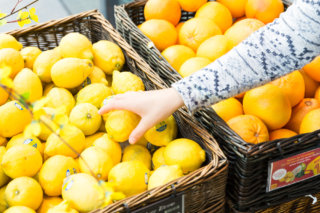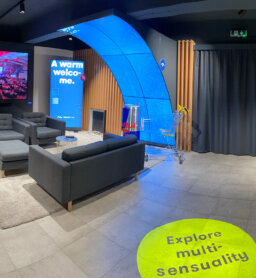The status quo
Just as the realities of day life become increasingly fragmented compared to those of previous generations, many people’s shopping habits are becoming more disparate. Gone are the days of the central figure of the housewife who would do the weekly shop for the whole family. We have moved away from the one-stop supermarkets that defined the twentieth-century shopping experience, towards an almost overwhelmingly broad range of options. These days, consumers can choose between the local farmers’ market, discount supermarket, organic store, retro deli, filling station and the grocer’s round the corner when it comes to sourcing their daily bread. Or they have it sent straight to their home – from Amazon, Bauernkiste or Hellofresh.




